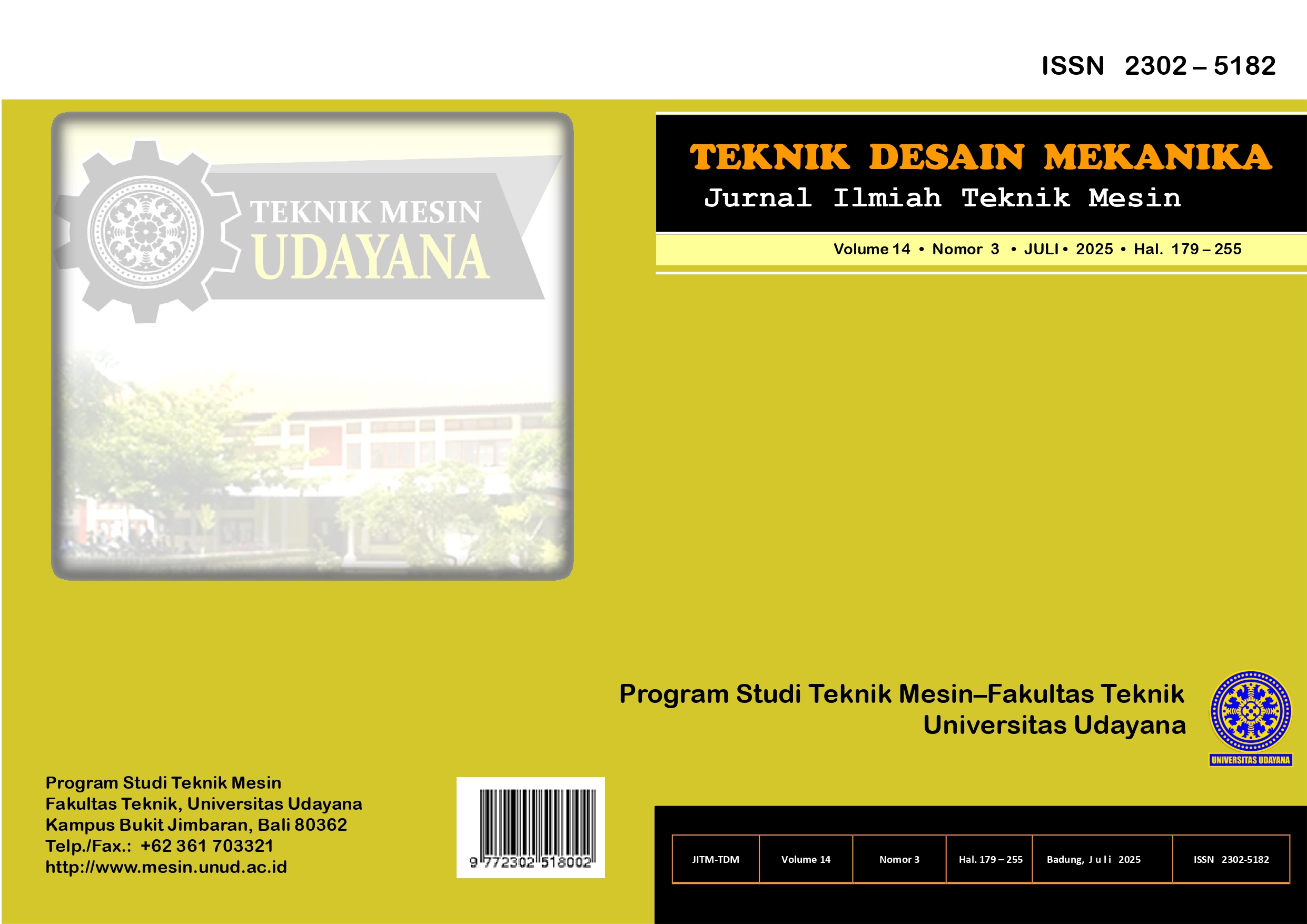The Influence of Potassium Hydroxide (KOH) Concentration Variation on the Efficiency of a Water Scrubber System for the Removal of Ammonia (NH₃) and Hydrogen Sulfide (H₂S)
Abstract
This study focuses on developing a flue gas capture device by adding Potassium Hydroxide (KOH) solution to a water scrubber
to enhance the removal of flue gas and odors generated from the drying process of Municipal Solid Waste (MSW). The drying
process operates at a temperature of 110°C, producing pollutant gases such as carbon monoxide (CO), carbon dioxide (CO2),
methane (CH4), as well as odorous gases like ammonia (NH3) and hydrogen sulfide (H2S). Flue gas is directed into the water
scrubber using a blower, where purification occurs through fluid turbulence. The study examines the effectiveness of KOH at
varying concentrations from 0.35 mol to 0.8 mol in 18 liters of water over a 15-minute test period. The results indicate that at
a KOH concentration of 0.8 mol, there was a significant reduction in pollutant gas levels: NH3 decreased from 78.98 ppm to
2 ppm, H2S from 88.93 ppm to 0.9 ppm. The 0.8 mol KOH concentration proved to be the most effective, capturing up to
98.237% of flue gas and fly ash.


